Log in or create new account to save this product to your wishlist.

12 Reasons Why Your Grass Isn’t Growing
Try as you might, you can't get your grass to thrive. Check out our top tips, and solve your garden woes.
🌱 All important maintenance moments for your lawn during the year. Leave your email and we will send you the lawn calendar for free.
Enter your email
Receive the lawn calendar in the mail
Enjoy a green lawn all year round!

- Order by 2PM = shipped today
- 250.000+ satisfied customers!
- 60 day satisfaction guarantee
It’s frustrating, isn’t it? You want a beautiful lawn, and it should be as simple as laying down high-quality grass seed. But with all the best will in the world, it doesn’t always work. Stop tearing your hair out: there are reasons why your grass isn’t growing.
And mostly, the solutions are easy to overcome, ranging from sowing seed at the wrong time of year to a lack of soil contact.
In this article, I’ll explore why your grass isn’t growing with simple solutions to help you get that beautiful lawn you so desire.
Ready? Let’s get started.
Reason #1: It’s the wrong time of year!
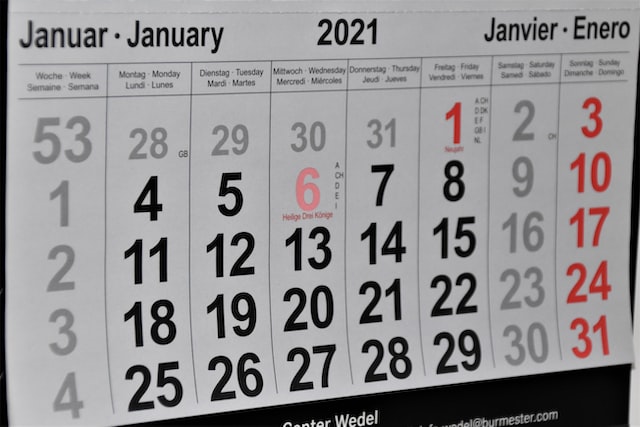
There are three conditions grass seed needs to germinate. So, it doesn’t matter whether you invest in the best quality seed on the market or the cheapest stuff you get in the bargain basement.
If the conditions aren’t right, your seed won’t sprout.
Consider:
- Soil temperature — the soil must be at least 10℃ for grass seed germination. Use a soil thermometer to establish the earth is warm enough for germination. Remember, soil warms up and cools down much slower than the air.
- The ambient temperature and moisture — if it’s too hot and dry, your seed won’t germinate. Spring or autumn are better than summer or winter for sowing new grass seed.
- Soil contact — the seed must make good contact with the soil to germinate. More about this in the next section.
Reason #2: Poor soil contact
You don’t need to cover your grass seed with topsoil. After all, it needs sunlight, water, heat, and soil contact to trigger germination.
However:
Your grass seed will drift in the wind or get washed away by the rain if you don’t ensure the seed sticks to the soil.
So, after sowing the appropriate amount of seed, rake it in a little to disturb the upper layer of soil, then use a garden roller to make sure it sticks.
Are you sowing from scratch or overseeding?
It depends on whether you’re sowing a new lawn from scratch or overseeding.
Overseeding is when you sow grass seed over an existing lawn — especially useful for covering bald patches and dying turf. All lawns benefit from annual overseeding because it keeps your turf young — and young grass is more resistant to disease and resilient in drought.
If you’re sowing your lawn from scratch, don’t just lay seed on unprepared soil — the results will be disappointing. Prepare the ground first!
Check out our expert’s guide to sowing a brand-new lawn.
How much lawn seed do I need?
Use this handy table to calculate how much seed you need:
| Sowing type | Per Square Metre |
|---|---|
| Overseeding | 17g |
| Sowing from scratch | 34g |
Reason #3: You haven’t scarified
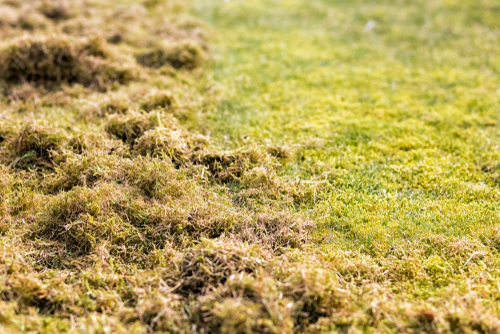
All lawns need scarifying at least once a year — this removes the thatch layer of organic matter, which develops around the base of your grass plants.
So, if you’re sowing seed on top of that thatch layer, your grass seed won’t germinate.
Check out how to scarify in everything you need to know about scarifying your lawn.
Reason #4: The birds have eaten your seeds
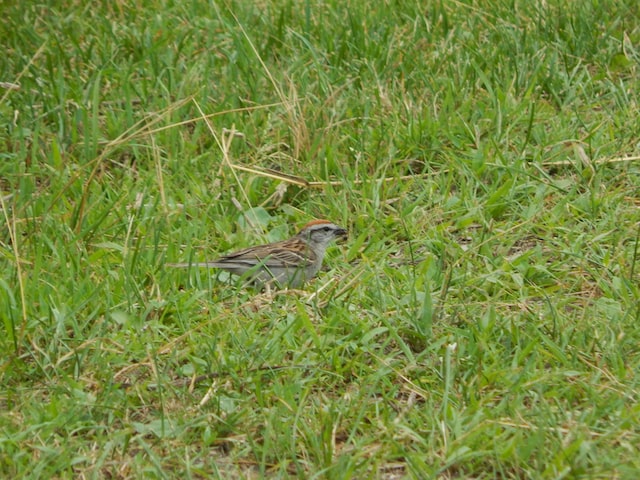
This can be a real problem because — let’s face it — you’re unlikely to have a scarecrow knocking about.
Of course, you could make a makeshift scarecrow out of a bunch of coathangers and an old jumper, but if you’re not into getting all Blue Peter, there’s another way to tackle those pesky birds.
Don’t be tempted to cover the seed with topsoil — it will slow down germination due to a lack of light.
So, after you’ve sown your new grass seed, peg down a fine layer of mesh until the seeds have sprouted. The birds won’t be able to get at the seeds, and germination is sure to follow.
Reason #5: There’s a lack of light
Grass needs light to grow — any less than 4 hours a day, and it will struggle to thrive.
Standard grass seed won’t cope in the shade; when it does germinate, the plant will be weak and likely die quickly.
Luckily, there is a solution: MOOWY’s Shade & Sun lawn seed is designed to thrive in the shade AND in full sun.
So, if a considerable proportion of your lawn is shaded by a wall, tall fence, or trees, then use Shade & Sun for a better spread of healthy, resistant turf.
Reason #6: Your soil is too dry
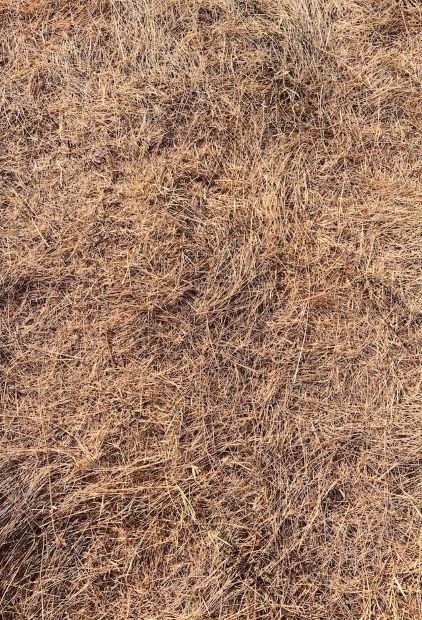
Sometimes it feels like you can never win in the UK — it’s either too wet or too dry. So, top up your soil’s moisture levels when you’re expecting a period of drought.
As a general rule of thumb, it’s better to water a little a couple of times a day than water a lot once or twice a week. That’s because over-watering is likely to disturb the grass seed, and it’s likely to wash away.
And — annoyingly — it’ll probably wash into your flower beds; precisely where you DON’T want grass.
Also, bear in mind that it’s possible to over-water your lawn, which makes the roots lazy. Leaving gaps between watering encourages your grass plants’ roots to burrow deeper into the soil to seek moisture. And deeper roots make your lawn more drought-resistant.
Use this table as a guide to watering:
| Ambient temperature | Frequency of watering | Amount to water |
|---|---|---|
| <15℃ | Don’t water | — |
| 15℃-20℃ | Once a week | 25mm |
| 20℃-25℃ | Once a week | 30mm |
| 25℃-30℃ | Twice a week | 20mm |
| >30℃ | Twice a week | 25mm |
For greater clarity on the art of watering your garden, check out our expert’s guide to watering your lawn.
Reason #7: The roots aren’t getting enough oxygen
All lawns need regular aeration, not just new lawns. This is to help oxygen reach down into the soil, providing energy to your grass’s roots.
Several conditions prevent airflow to your roots. Here are some causes and solutions:
You have a thick thatch layer
The autumn is especially problematic as the leaves drop from the trees and land as a thick carpet over your turf. This suffocates your grass plants (and starves the leaves of daylight).
Bad call all round.
At other times of the year, check the thatch layer that develops over the top of your soil’s surface. This is usually caused by slowly decomposing organic matter. But, just like leaves, it starves the grass plant’s roots of oxygen.
So, rake out the thatch layer. If it’s really bad, scarify your lawn.
Your soil is compacted
Clay soils are most likely to compact over time, and this is where the earth becomes hard and impenetrable. If you try and stick a fork into the ground, you’ll feel a lot of resistance with heavily compacted soil.
Just like a thatch layer, compacted soil prevents oxygen from reaching your turf’s roots, so try aerating.
Dig your garden fork into the soil across the entire lawn surface – this will help aerate the ground. But if it’s particularly bad, I recommend using a hollow tine aerator. And perhaps filling those holes with the right type of topsoil.
Check out our article on aerating. And if you’re going to fill in the holes with topsoil, read our expert’s guide to topsoil.
Reason #8: Your lawn needs fertiliser
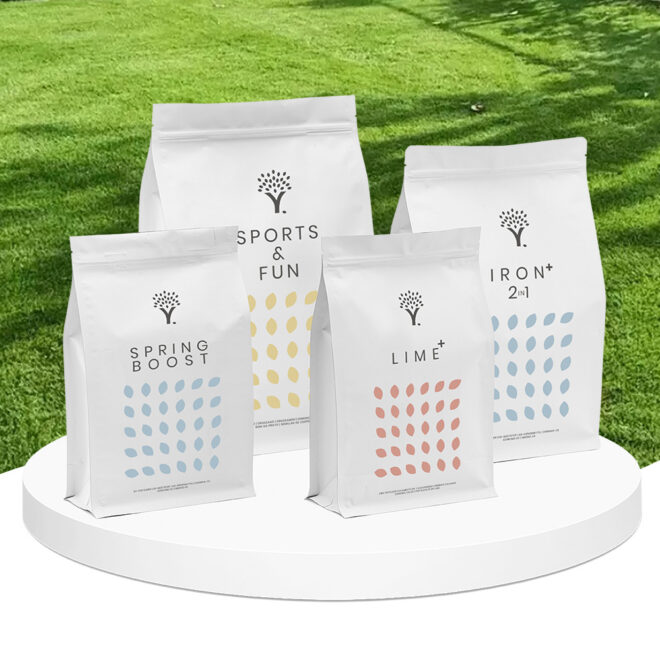
- Prepares your lawn for scarifying
- Kills moss
- Feeds the soil
The principal building blocks of a healthy lawn are water, light, and oxygen. But we should never forget nutrition.
Because, over time, your lawn soil becomes depleted of nutrients. And for successful germination and lawn growth, you need to fertilise your soil to give your lawn the best chance to thrive.
I recommend fertilising your lawn at least twice a year — ideally, three times. Once in spring; again in late summer; then again in autumn.
But when you’re searching for fertiliser, it can be confusing. There are the NPK values to bear in mind, which don’t always make instant sense.
So, if you’re new to fertilising your lawn (or want to ensure you’re doing it right!), check out our expert’s guide to NPK fertilisers.
Reason#9: You’re using the wrong fertiliser
Your lawn’s soil changes over time, and it could be that what once worked well no longer has the same effect.
So, if you’re following a strict fertiliser regime but are no longer seeing good results, ensure you’re using the correct fertiliser for your lawn.
Look at the NPK fertiliser article suggested in Reason 8, and read our expert’s guide to fertilising your lawn to ensure you’re getting the best from your lawn care products.
-
All-Round Lawn Fertiliser
 In stock11.99
In stock11.99- Order by 2PM = shipped today
- 250.000+ satisfied customers!
- 60 day satisfaction guarantee
-
Iron Sulphate Lawn Fertiliser
 In stock13.99
In stock13.99- Order by 2PM = shipped today
- 250.000+ satisfied customers!
- 60 day satisfaction guarantee
-
TopLong Lasting Lawn Fertiliser
 In stock12.99
In stock12.99- Order by 2PM = shipped today
- 250.000+ satisfied customers!
- 60 day satisfaction guarantee
Reason #10: You’re not mowing regularly enough
It may seem counterintuitive, but mowing your lawn actually boosts its health and vitality. Cutting your grass causes the grass plant to release a growth hormone to help treat the wound on the grass blade.
And this makes your grass grow more quickly.
So, if you’re mowing only sporadically, increase your cutting schedule, and you’ll see positive results quickly.
Reason #11: Pests, fungi, and weeds in the lawn

If your grass isn’t growing well, check the conditions on the ground.
Are there tiny fungi growing between the blades? It’s easy to spot toadstools, but look closer; you might have red thread or a similar lawn disease.
Alternatively, you might find your pets peeing on your lawn, stunting its growth. Or you may have an infestation of leatherjackets or chafer grubs.
These are treatable problems — you just have to identify the source of the problem first.
Here are some articles that can help:
Lawn diseases (and how to prevent them)
Why dog pee turns your grass yellow
How to tackle leatherjackets in your lawn
How to tackle chafer grubs in your lawn
Reason #12: You’re too impatient!
How rude! But, perhaps, there might be some sense in this final suggestion.
A freshly sown lawn takes some time to germinate and establish. Grass seed typically takes up to 14 days to germinate, and it can take around three to four months to become strong enough to walk on.
If you’re using your lawn too quickly, you can damage your young grass plants. Leave at least eight weeks between sowing your grass seed and walking on it — this gives your grass plants time to establish.
Any questions?
I hope I’ve given you all the answers you need to establish why your grass isn’t growing how it should.
But if you do have more questions, get in touch.
We love to hear from you and will reply as soon as we can.
Thanks for reading!
-
Zero-Waste Gardening – This is How You Do It!Did you know that the average person wastes between 100 and 150 kilos of food every year? That's why the concept of zero-waste gardening is becoming increasingly important for environmentally conscious gardeners that like to do their gardening greener.Read more
-
How to Master Tree Pollarding: A Practical GuidePretty dense! What might be an insult to some, is certainly a compliment to trees. Through pollarding, you can make sure, your trees have a dense crown of beautiful leaves.Read more
-
Get Ready: Here are 5 Garden Trends for 2025Curious about the latest garden trends for 2025? From smart solutions to sustainable choices, discover all the outdoor trends that are transforming British gardens!Read more
-
How to Care for Plants in Winter: A Simple GuideWhen winter comes around, the care requirements of your plants change. Find out, how to adjust the care routine for your plants.Read more
-
Companion Planting Made Easy: A Step-by-Step TutorialStrategic plant partnerships can solve common gardening problems like pest invasion and disappointing yields. Find out which plants are great together in our companion planting guide.Read more
-
How to Grow Sweet Potatoes in Your GardenWant to know something splendid? A single sweet potato plant can produce 5 to 10 pounds (4.54 kg) of nutritious tubers—plenty to keep your family’s pantry well-stocked for weeks!Read more
-
Revive Your Lawn After Winter With These Easy StepsTired of winter lawn damage? Discover how to repair brown spots, remove weeds, and revitalise your grass for a thriving garden this spring.Read more
-
A Complete Guide On Lighting for Your House PlantsAchieve perfect lighting for houseplants! This guide covers light mapping, plant placement, and grow light tips to help your plants flourish indoors.Read more
Leave a comment
Your answer will be displayed on the site and the interested party will be notified by email.
Leave a comment
Have a question or want to share your experience? Leave us a comment.

- Order by 2PM = shipped today
- 250.000+ satisfied customers!
- 60 day satisfaction guarantee

- Order by 2PM = shipped today
- 250.000+ satisfied customers!
- 60 day satisfaction guarantee

- Order by 2PM = shipped today
- 250.000+ satisfied customers!
- 60 day satisfaction guarantee

🌱 All important maintenance moments for your lawn during the year. Leave your email and we will send you the lawn calendar for free.
Enter your email
Receive the lawn calendar in the mail
Enjoy a green lawn all year round!



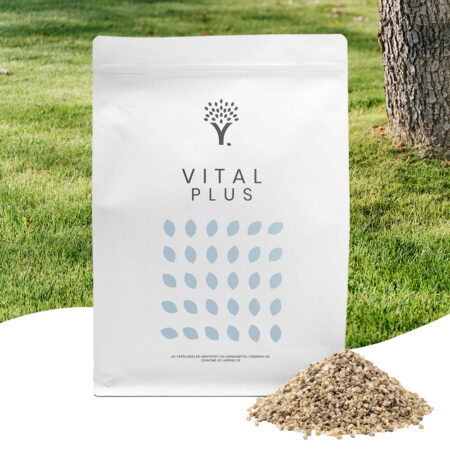
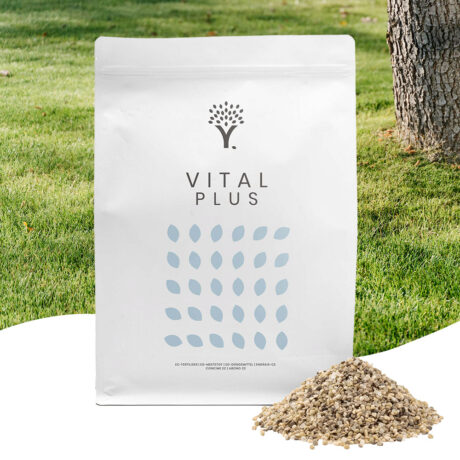
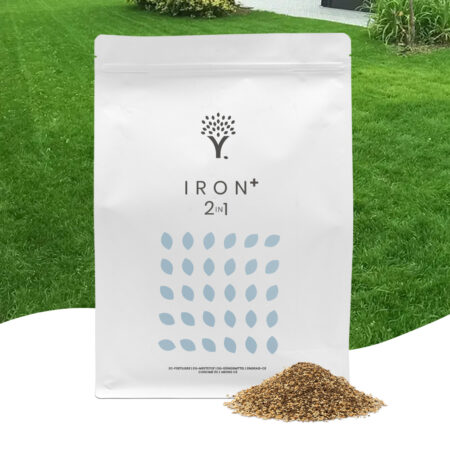
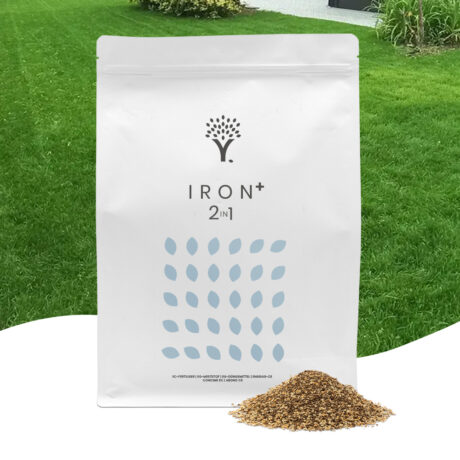





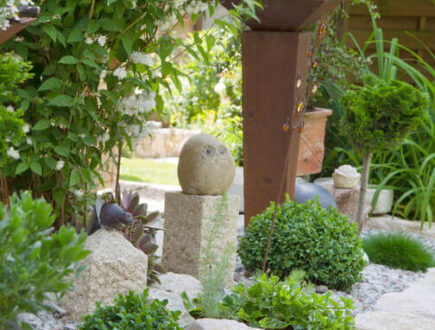
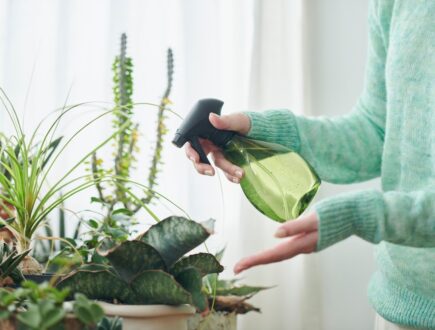


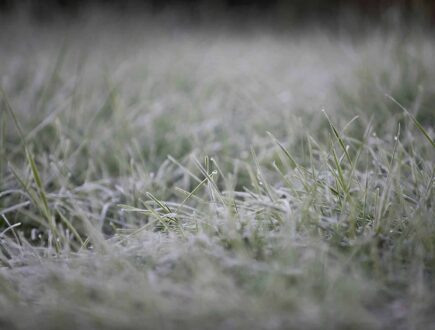



 Summer Deal! Get 15% off the
Summer Deal! Get 15% off the 




Comments (0)
There are no comments yet. Well then, what are you waiting for to
Be the first to write your comment!inaugurate this pretty page?
Do you have some comments?